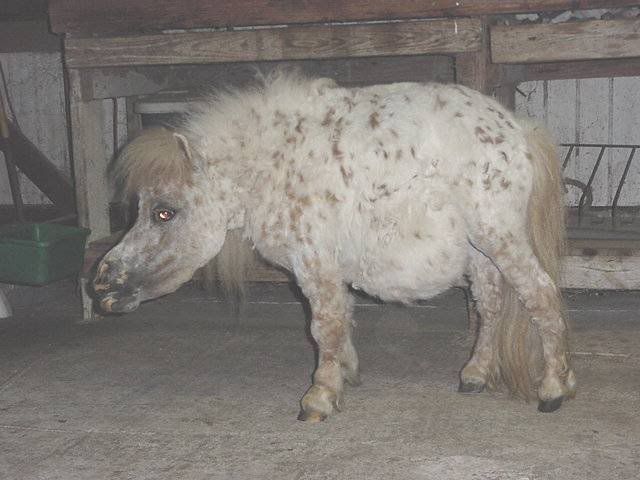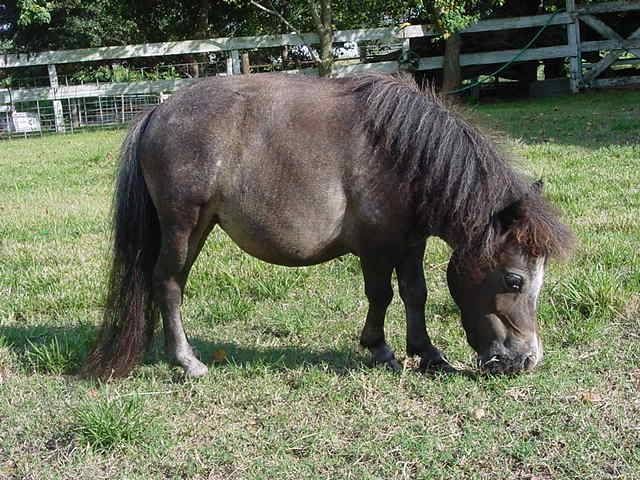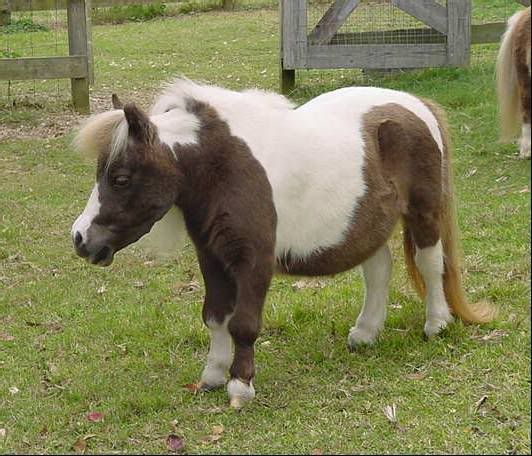Arion Mgmt
Well-Known Member
- Joined
- Dec 1, 2002
- Messages
- 121
- Reaction score
- 29
Hello Everyone, I am posting here because I think this place is the best place to disseminate info fast. I am John Eberth, most of you probably know me or know of me, I am trying to complete my research on Dwarfisms in Miniatures. In order for me to accomplish this I need to pathologically characterize the 4 specific and different types that I have theorized to exist in this breed. This information will be published in scientific journals. I can only do this with x-rays of the 3 viable different types of dwarfs, (the fourth is lethal early in gestation and not able to be x-rayed due to not having ossified bones.) I only need to x-ray these dwarfs, that is all, they also need to be alive and at least 1 year old, this is required for all 3 types. I am not going to show pics on here but I will email some pics to people that think they have one and are willing to help, I do not want to show someone's dwarf pics all over the internet that I have been sent. If you think you have one of these types, and are willing to let me x-ray the horse you can email me. You can be anonymous and also I do not need to x-ray parents or need blood BUT if you want to offer blood that would help me even more, so much more. These x-rays will be examined by UK's Equine Pathologist and me and then we will write a paper characterizing pathologically these types. Just so everyone understands, this has never been done, there has never been any pathological scientific characterization by digital x-ray of any dwarfisms in Miniatures. This really needs to be done to prove there are different types, most of you probably have realized that there is more than one type.
I want to be very clear, I am the Chairman of the AMHA's Genetic Committee, and this is for my research with the University of Kentucky. The University has recently granted me at least $20,000.00 for my research, (I announced this at the AMHA convention), plus funds raised by some of the members of AMHA and the Association as well, (another $5,000.00). This is real and things are going to happen, but I need the help of my fellow members AMHA AND AMHR, (I do belong to both!!) to accomplish what many of you have been wanting to know about. If you are willing to help please email me at [email protected]. Thank You. John Eberth
I want to be very clear, I am the Chairman of the AMHA's Genetic Committee, and this is for my research with the University of Kentucky. The University has recently granted me at least $20,000.00 for my research, (I announced this at the AMHA convention), plus funds raised by some of the members of AMHA and the Association as well, (another $5,000.00). This is real and things are going to happen, but I need the help of my fellow members AMHA AND AMHR, (I do belong to both!!) to accomplish what many of you have been wanting to know about. If you are willing to help please email me at [email protected]. Thank You. John Eberth









































